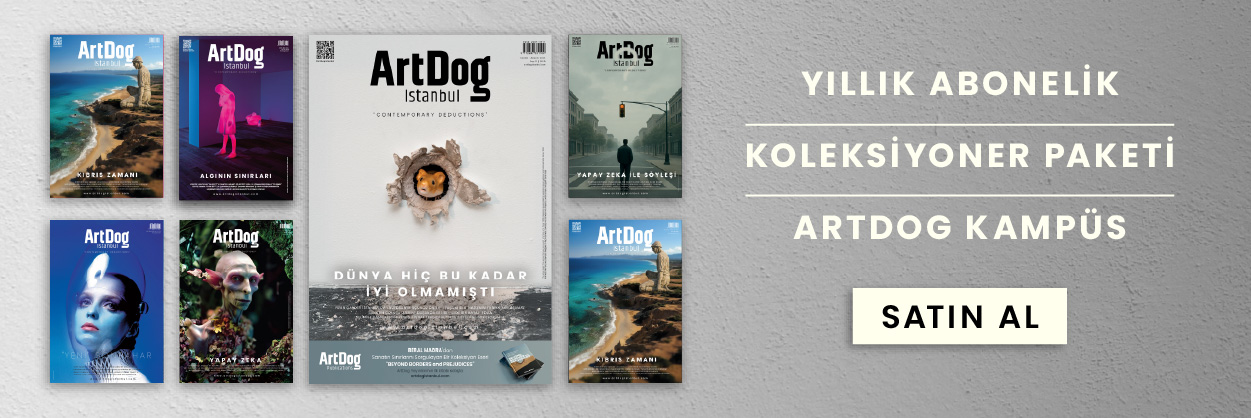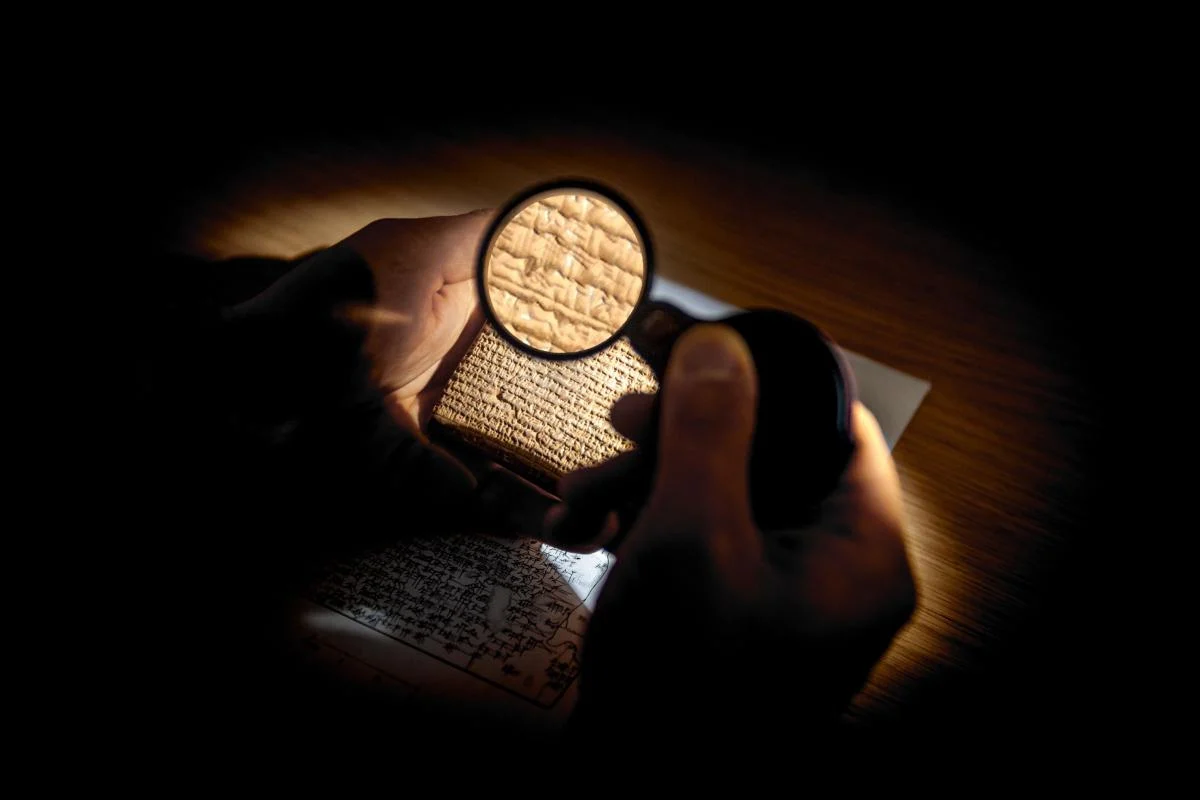In a world where technology constantly pushes boundaries, the Epic of Gilgamesh—a tale that has endured for over 4,000 years—is receiving a cutting-edge revival. Scholars at the Institute for Assyriology at Ludwig Maximilian University in Munich have developed an artificial intelligence tool called the Fragmentarium, which is transforming the way we understand and reconstruct this ancient epic.
The Fragmentarium isn’t just another digital archive; it’s a groundbreaking algorithm designed to decode the cuneiform script of Babylonian literature with remarkable speed and precision. “This is a tool that didn’t exist before,” says Professor Enrique Jiménez, the project’s leader. By cross-referencing a vast database of fragmented texts, the Fragmentarium can identify and reconstruct sections of the Epic of Gilgamesh that have remained elusive for centuries.
The project marks a significant departure from traditional methods, which relied heavily on scholars’ memory and serendipity to piece together scattered fragments. Since its inception in 2018, the Fragmentarium has successfully matched lines of the epic with text from 1,500 tablet fragments—a remarkable achievement, given that scholars had only matched about 5,000 pieces over the previous century.
But the A.I.’s capabilities extend beyond Gilgamesh. The Fragmentarium is also being used to translate a wide array of Babylonian texts, including mundane records like bills of sale, which offer invaluable insights into the daily lives of ancient Mesopotamians. This broader application underscores the tool’s potential to reshape our understanding of Babylonian culture and history.
One of the most exciting outcomes of the project has been the discovery of new scenes and subtle variations in the Gilgamesh narrative. Newly identified lines reveal Enkidu’s hesitation to kill the forest guardian Humbaba, adding depth to his character and the moral complexities of the story. In another instance, the Fragmentarium unearthed a much later tablet, dating to 130 B.C.E., showing that the epic continued to be copied and shared thousands of years after its first known appearance.
These findings are not just academic footnotes; they offer a richer, more nuanced understanding of the epic and the civilization that produced it. For instance, a newly translated passage reveals that Utnapishtim, the survivor of a great flood, “lavished” food and drink on the men who built his ark—a detail that adds a layer of guilt and foreboding to the narrative, as these very men were doomed to perish in the coming deluge.
Despite these advances, about 30 percent of the poem remains missing, leaving much to be discovered. The Fragmentarium is poised to play a crucial role in filling these gaps, as it continues to digitize and analyze fragments from collections around the world, including those at the British Museum and the Iraq Museum in Baghdad. With over 22,000 fragments already digitized, the potential for new discoveries is immense.
As Jiménez optimistically notes, “Everyone will be able to play with the Fragmentarium.” This digital age of discovery brings us closer to the ancient world than ever before—one fragment, one line, one revelation at a time.









